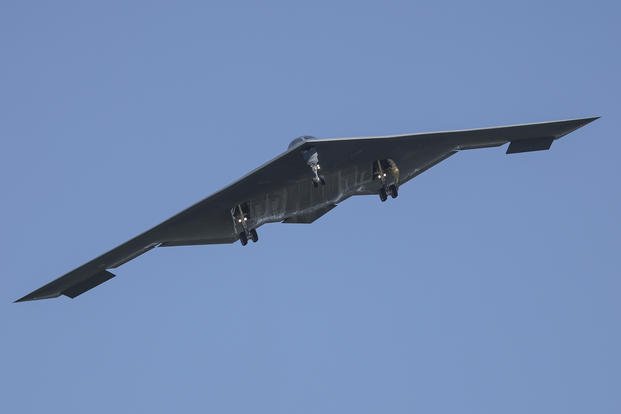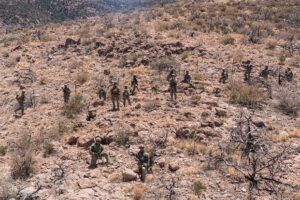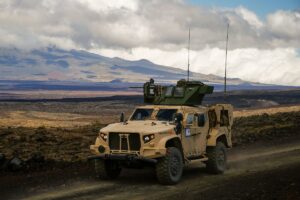The skies over Iran witnessed an unprecedented aerial operation as U.S. pilots executed a meticulously planned assault on Iran’s underground uranium enrichment facilities. A powerful display of military precision, this strike aimed to dismantle Iran’s nuclear capabilities, which Israel perceives as a significant threat.
In the early hours of Sunday, 30,000-pound bombs were dropped by U.S. forces on two critical sites as part of “Operation Midnight Hammer.” Utilizing a combination of stealth and surprise, the mission saw B-2 bombers departing from American soil and delivering a stunning 420,000 pounds of explosives. Meanwhile, American naval forces launched cruise missiles from a submarine, targeting additional locations.
U.S. authorities described the attack as a “precision strike” that dealt a significant blow to Iran’s nuclear ambitions. However, Iranian officials have denied any major destruction and promised retaliation. The operation’s success was attributed to extensive pre-strike tactics, including nine days of Israeli military activity that weakened Iran’s defenses.
The Art of Deception
To ensure the mission’s success, the U.S. employed a series of deceptive maneuvers. President Trump publicly suggested a delay in military action, ostensibly to negotiate further, but in reality, this was a ruse to conceal the impending attack. One decoy involved B-2 bombers flying westward towards a U.S. Pacific base, diverting attention while the actual strike force proceeded eastward with minimal communication.
General Dan Caine, Chairman of the Joint Chiefs of Staff, explained that maintaining tactical surprise was crucial. Only a select few in Washington and at U.S. Central Command were aware of the operation’s details.
After an 18-hour flight requiring aerial refueling, the bombers reached the Eastern Mediterranean undetected. A Pentagon-released map showed their path over Lebanon, Syria, and Iraq, although it remains unclear if these nations were informed beforehand.
Coordinated Assault
In the hours leading up to the bomber’s arrival, a U.S. submarine launched Tomahawk missiles at key targets, including an Isfahan site involved in uranium preparation. As the bombers approached, they encountered no Iranian defenses.
At precisely 6:40 p.m. Washington time, the first B-2 bomber released its massive ordnance penetrators on the Fordo enrichment plant. This marked the inaugural combat use of “bunker buster” bombs, designed to penetrate deep into the earth before detonating.
The Fordo facility bore the brunt of the attack, but the Natanz enrichment site also experienced similar bombardment. The entire operation, including cruise missile strikes, lasted around 30 minutes. Both Iran and the U.N. nuclear watchdog reported no immediate radioactive contamination.
By the Numbers
The mission deployed:
- 75 precision-guided weapons: 14 GBU-57 “bunker buster” bombs and over two dozen Tomahawk missiles.
- 125 aircraft, encompassing bombers, fighter jets, and refueling planes.
Breaking New Ground
Among the pilots was a female, highlighting the diverse composition of the mission’s participants. Details remain confidential as officials are not authorized to discuss them publicly.
Historical Significance
General Caine highlighted the operation’s historical significance, noting it as the largest B-2 strike in U.S. history and the second-longest mission following the events after 9/11.
For further details, read the full report on AP News.










